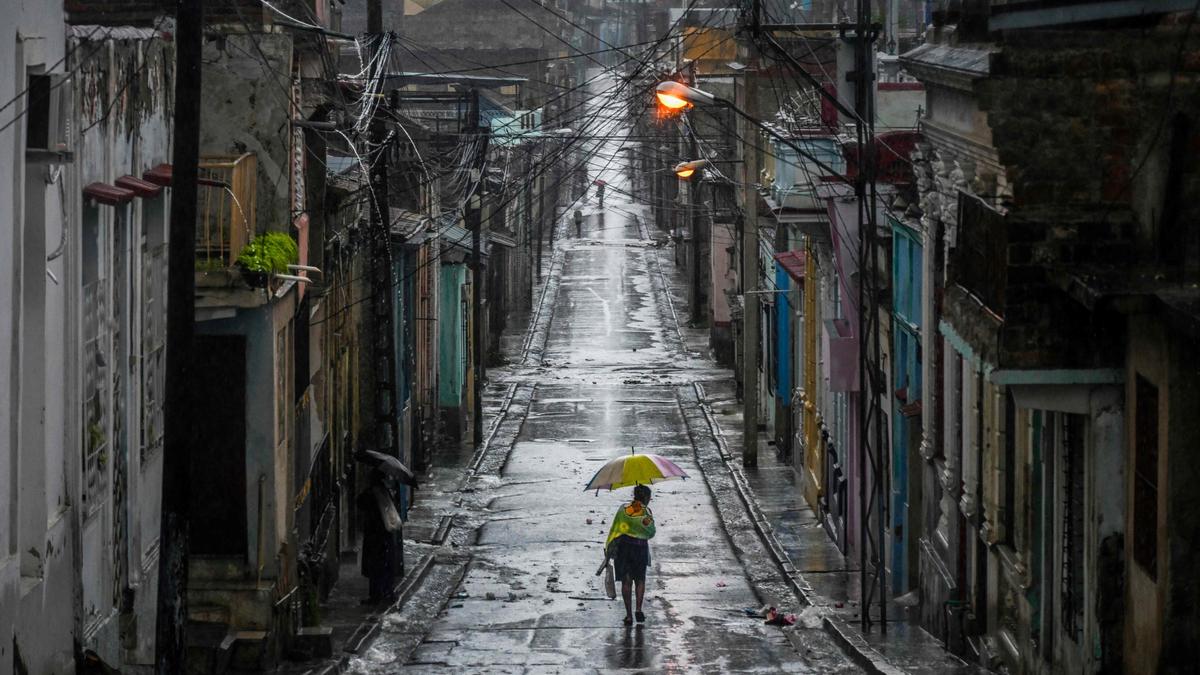Hurricane Melissa, which struck Jamaica with record-tying 296 kmph winds on October 28, was a beast that stood out as extreme even in a record number of monster storms spawned over the last decade in a superheated Atlantic Ocean.
Melissa somehow shook off at least three different meteorological conditions that normally weaken major hurricanes and was still gaining power as it hit, scientists said, a bit amazed.
And while more storms these days are undergoing rapid intensification — gaining 356 kmph in wind speed over 24 hours — Melissa did a lot more than that. It achieved what’s called extreme rapid intensification — gaining at least 92 kmph over 24 hours. In fact, Melissa turbocharged by about 112 kmph during a 24-hour period last week, and had an unusual second round of rapid intensification that spun it up to 280 kmph, scientists said.
“It’s been a remarkable, just a beast of a storm,” Colorado State University hurricane researcher Phil Klotzbach said.
When Melissa came ashore it tied strength records for Atlantic hurricanes making landfall, both in wind speed and barometric pressure, which is a key measurement that meteorologists use, said Klotzbach and University of Miami hurricane researcher Brian McNoldy. The pressure measurement tied the deadly 1935 Labour Day storm in Florida, while the 296 kmph wind speed equalled marks set that year and during 2019’s Hurricane Dorian. Hurricane Allen reached 304 kmph winds in 1980, but not at landfall.
Usually when major hurricanes brew they get so strong that the wind twirling in the centre of the storm gets so intense and warm in places that the eyewall needs to grow, so a small one collapses and a bigger one forms. That’s called an eyewall replacement cycle, McNoldy said, and it usually weakens the storm at least temporarily.
Melissa showed some signs of being ready to do this, but it never did, McNoldy and Klotzbach said.
Another weird thing is that Melissa sat offshore of mountainous Jamaica for awhile before coming inland. Usually mountains, even on islands, tear up storms, but not Melissa.
“It was next to a big mountainous island and it doesn’t even notice it’s there,” McNoldy said in amazement.
Warm water is the fuel for hurricanes. The hotter and deeper the water, the more a storm can power up. But when storms sit over one area for awhile — which Melissa did for days on end — it usually brings cold water up from the depths, choking off the fuel a bit. But that didn’t happen to Melissa, said Bernadette Woods Placky, chief meteorologist for Climate Central, a combination of scientists and journalists who study climate change.
“It’s wild how almost easily this was allowed to just keep venting,” Woods Placky said. “This had enough warm water at such high levels and it just kept going.”
Melissa rapidly intensified during five six-hour periods as it hit the extreme rapid intensification level, McNoldy said. And then it jumped another 56 kmph and “that’s extraordinary,” he said.
For meteorologists following it “just your stomach would sink as you’d see these updates coming in,” Woods Placky said.
“We were sitting at work on Monday morning with our team and you just saw the numbers just start jumping again, 175. And then again this morning (Tuesday), 185,” Woods Placky said.
One key factor is warm water. McNoldy said some parts of the ocean under Melissa were 2 degrees Celsius (3.6 degrees Fahrenheit) warmer than the long-term average for this time of year.
Climate Central, using scientifically accepted techniques of comparing what’s happening now to a fictional world with no human-caused climate change, estimated the role of global warming in Melissa. It said the water was 500 to 700 times more likely to be warmer than normal because of climate change.
A rapid Associated Press analysis of Category 5 hurricanes that brewed, not just hit, in the Atlantic over the past 125 years showed a large recent increase in those top-of-the-scale storms. There have been 13 Category 5 storms from 2016 to 2025, including three this year. Until last year, no other 10-year period even reached double digits. About 29% of the Category 5 hurricanes in the past 125 years have happened since 2016.
McNoldy, Klotzbach and Woods Placky said hurricane records before the modern satellite era are not as reliable because some storms out at sea could have been missed. Measuring systems for strength have also improved and changed, which could be a factor. And there was a period between 2008 and 2015 with no Atlantic Category 5 storms, Klotzbach said.
Still, climate science generally predicts that a warmer world will have more strong storms, even if there aren’t necessarily more storms overall, the scientists said.
“We’re seeing a direct connection in attribution science with the temperature in the water and a climate change connection, Woods Placky said. ”And when we see these storms go over this extremely warm water, it is more fuel for these storms to intensify rapidly and push to new levels.”
Published – October 29, 2025 02:25 pm IST
